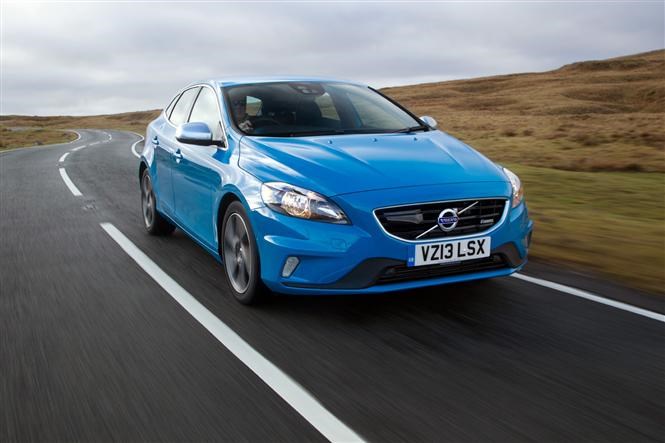Your head says next company car needs to be a practical five-door hatchback with good fuel economy and a low monthly BIK bill, but your heart wants something a bit out of the ordinary that makes you feel special. Does such a car exist?
We think so and, judging by the number of Mercedes-Benz A-Class and Volvo V40 models plying the roads of Britain, it seems many company car drivers already agree.
Which version of these two stylish hatchbacks could be your next company car?
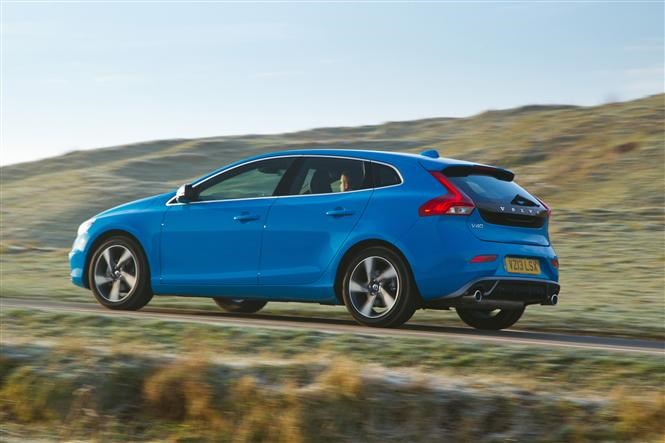
Tax
Choosing a diesel version of these two stylish hatches makes the most sense: in the Mercedes’ case we went for the 2.1-litre A200 CDI, while in the Volvo we’d opted for the 2-litre engine D3 model.
It’s the Volvo that wins in terms of overall efficiency, the Swedish brand with an official average fuel economy claim of 74.3mpg, compared to the German marque’s quote of 62.8. While neither of those figures are likely to be realised in real world motoring, both should be capable of achieving figures in at least the low 50mpgs on a steady motorway run.
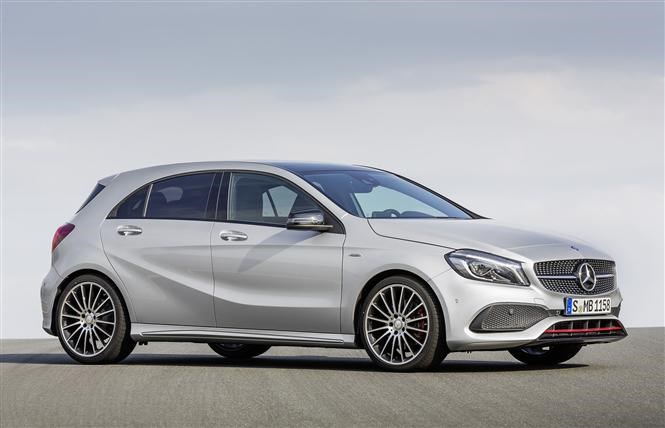
As a consequence, the Volvo’s CO2 emissions of 99g/km place it in the 17 percent BIK band compared to the Mercedes’ 21 percent rating for the current 2015/16 tax year.
How this equates to a monthly tariff depends upon the specification chosen, so given that many buyers appreciate their sporty looks we plumped for the A-Class in AMG Sport guise and R-Design Nav trim for the V40.
If you’re a 20 percent rate payer and you choose the Mercedes, your monthly bill will be £89*. That doesn’t sound bad for a premium-badged hatchback with a P11D value of £25,495, but thanks to its lower emissions, the Volvo trumps it. With a P11D value of £25,290, this Volvo V40 would only cost £72* per month.
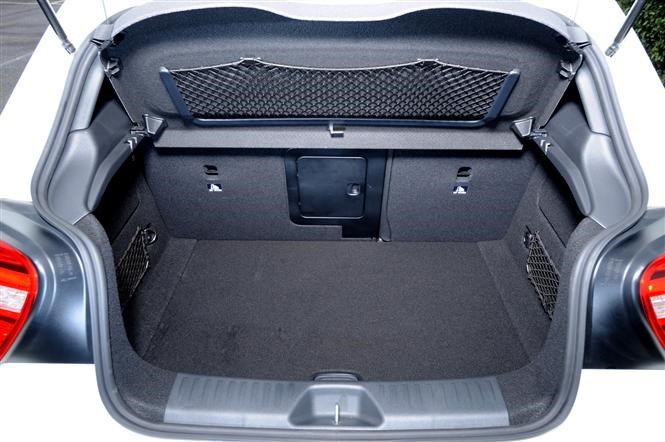
Practicality
If you imagine all five-door hatchbacks would be paragons of practical virtue, then it’s maybe time to think again, particularly in the case of the Mercedes-Benz A-Class and Volvo V40.
Both are far from being the roomiest in this segment of the market, with many cars – Volkswagen Golf and its plethora of derivatives, for example – combining more space for people and their luggage.
While form dominates function for the A-Class and V40, both have five seats, although in reality four people would be much more comfortable for both, and offer decent enough boot space.
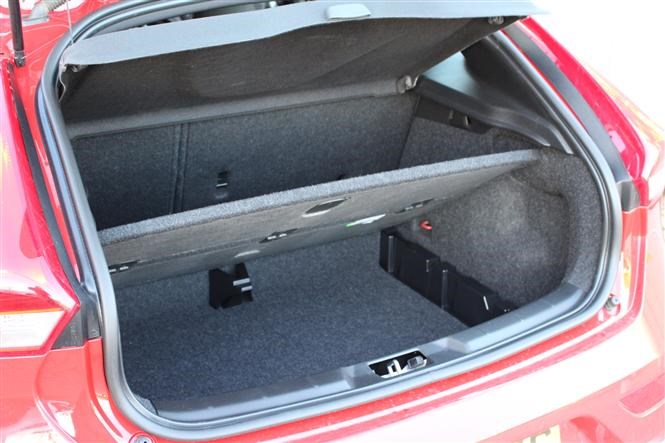
Here the Mercedes just pips the Volvo with 341 litres of boot volume compared to 335, although it does feature a false floor to hide items underneath. Tumble the 60:40 split rear seat over and the A-Class still performs better with 1,157 litres to the V40’s 1,032-litre tally.
Dotted around the cabin of both cars are a smattering of storage areas, including in the centre console, with sensibly-sized door bins and glove box. If anything the Volvo’s cabin feels the more premium of the two, using higher grade materials and offering a general feeling of greater solidity in its cabin.
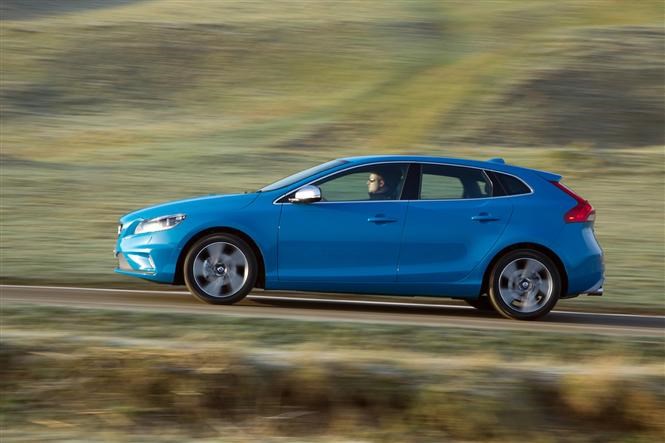
Performance
Despite their athletic aesthetics, neither the Mercedes A-Class or the Volvo V40 are particularly sporty in the guises chosen – economy and low running costs come to the fore.
It’s the Volvo that comes out on top power-wise, despite the slightly smaller engine, serving up 148bhp to the Mercedes’ 134bhp. At 320Nm of torque, the V40’s got 20Nm than the A200 CDI too.

Both hatches have a claimed top speed of 130mph, but the 0-62mph sprint sees the Volvo’s extra grunt count, completing the test in 8.4 seconds to the Mercedes’ 9.3 second time.
In terms of handling the Mercedes is marginally more the engaging of the two but its ride quality is harsher than the Volvo’s; for most company car drivers, the V40’s suspension compliance will be more welcome after several hours behind the wheel.
Equipment
Befitting of cars with a P11D value a shade over £25,000, both the Mercedes and the Volvo are well-equipped, but neither are the highest specifications in the range.
Marking out the AMG Sport trimmed A-Class are, unsurprisingly, several sporty additions designed to make it look much more aggressive, including 18-inch AMG alloys, a purposeful body kit and a lowered stance thanks to stiffened suspension that’s had a 15mm height reduction.
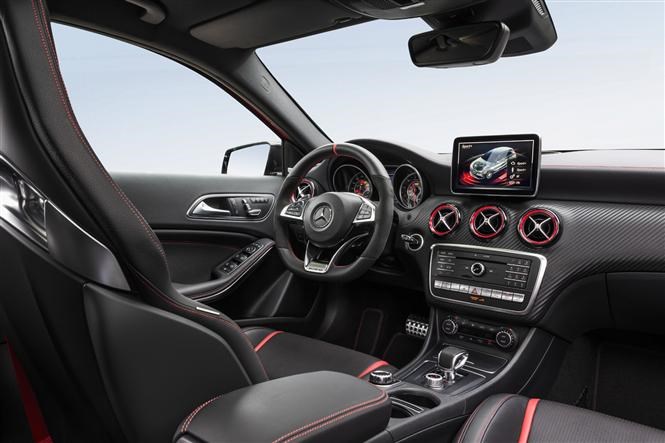
Inside there are sports seats trimmed in a fabric and faux leather combination, complemented by red stitching, carbon fibre-look interior appliques and a three spoke sports steering wheel.
All this is on top of automatic lights and wipers, cruise control and air-con.
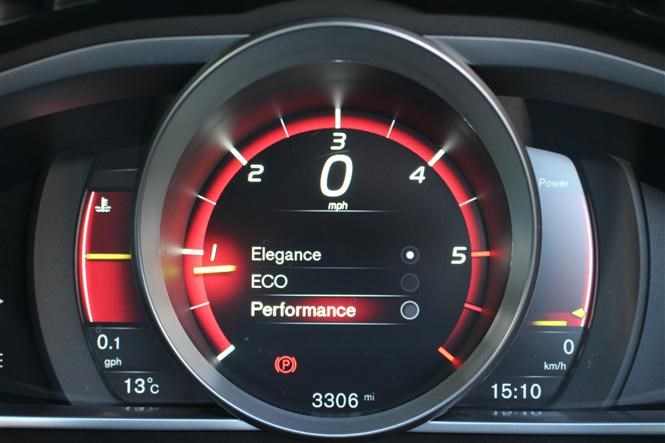
Once again the Volvo V40 beats the A-Class in terms of having a more comprehensive array of standard equipment. Its alloys are only 17-inches in diameter, but there’s an aggressive R-Design body kit, cloth and genuine leather seat facings and satin finish exterior décor to make up for it.
Inside there’s DAB radio, climate control and an eight-inch digital instrument binnacle which allows you to switch between different coloured displays for the dials.
Our choice
For some the allure of a three-pointed star on the grille of a company car will be one too tempting to resist. There’s no doubting that this Mercedes-Benz A200 CDI AMG Sport is well-equipped, inexpensive to run and, in this company, decently spacious.
Interior room aside, the Volvo V40 D3 R-Design Nav is the superior choice here though. Even more equipment, even less costly to run and overall a nicer car to be in for those long motorway slogs.
*Monthly tax costs are based on a 20 percent tax payer for the current 2015/16 tax year, BIK car tax bands and P11D values correct at time of publication



